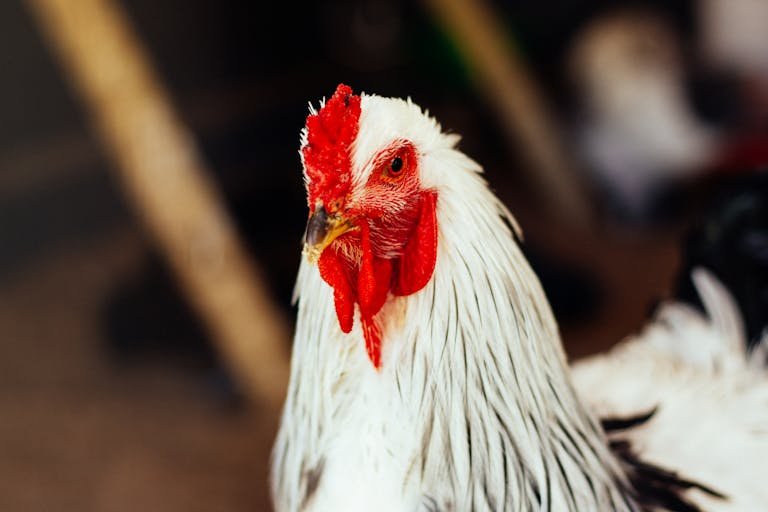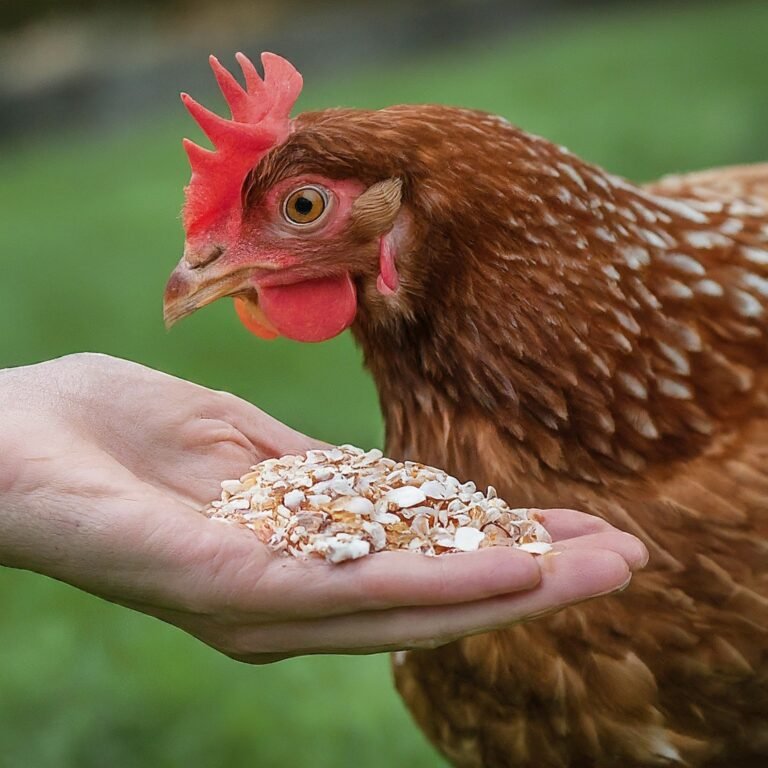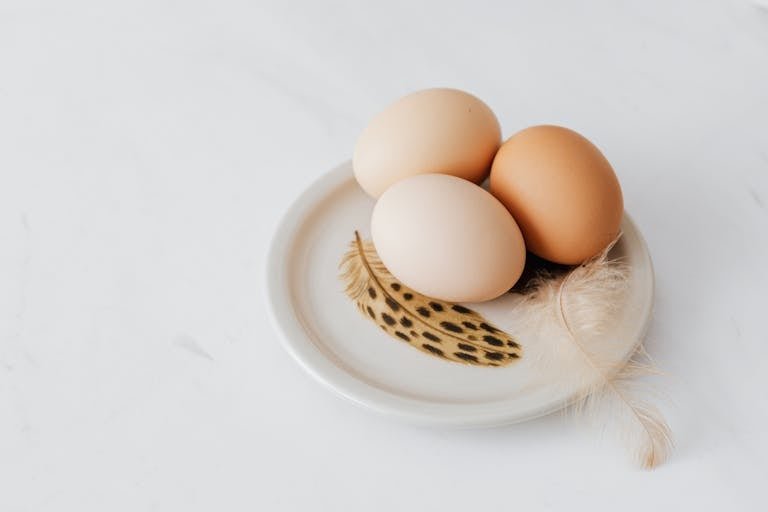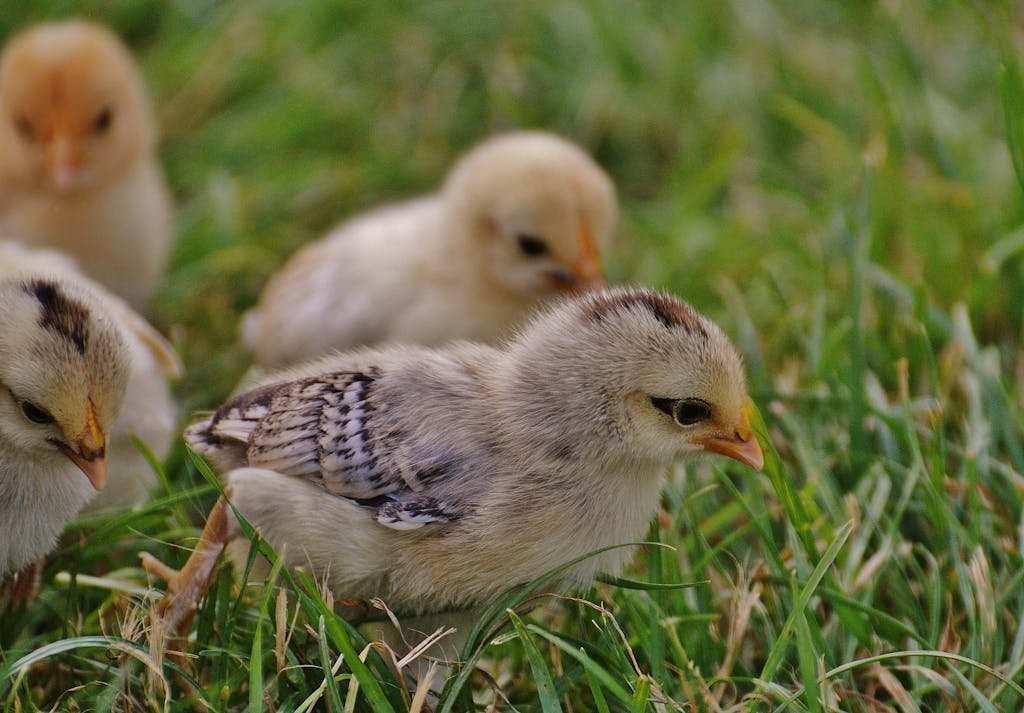Is Moldy Bread Safe for Chickens?
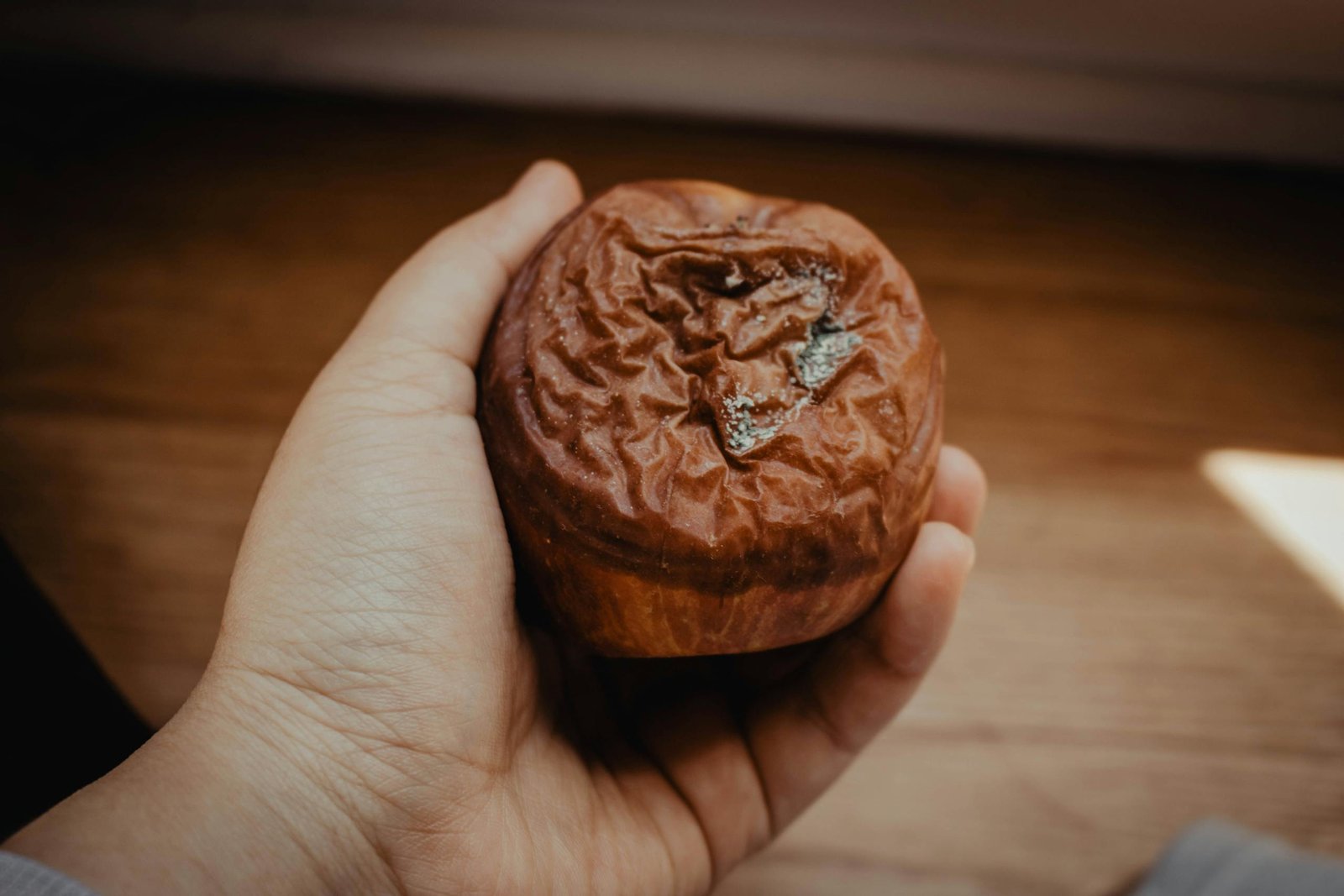
No, chickens should not eat moldy bread. Feeding moldy bread or any moldy food to chickens is risky due to the harmful toxins that mold can produce. Mycotoxins, the toxic compounds created by certain molds, are not only unhealthy but can also be deadly to chickens, causing a range of issues from weakened immunity to nervous system problems.
In this blog, I will explain Can Chickens Eat Moldy Bread? the effects of mycotoxins on chickens, and offers healthier alternatives that can benefit your flock without putting their health at risk.
What are Mycotoxins?
Mycotoxins are poisonous substances produced by various molds. While not all molds produce mycotoxins, those that do can create potent toxins capable of harming humans and animals. Chickens are particularly vulnerable to these toxins, as they can quickly spread through their systems and impact multiple organs.
Common Mycotoxins Found in Moldy Bread
Bread that has started to mold can harbor several types of mycotoxins, each potentially affecting a chicken’s health in different ways:
- Aflatoxins: Often found in grains and nuts, aflatoxins can severely damage the liver and are highly toxic.
- Ochratoxins: Known to impact the kidneys, ochratoxins are a risk in moldy food items and can even affect a chicken’s eggs.
- Fumonisins: Particularly harmful to the nervous system, fumonisins can cause seizures or other neurological issues in chickens.
How Mycotoxins Impact Chickens
Moldy bread may appear harmless if the mold is minimal or even removed. However, mycotoxins are often present even if the visible mold is cut away. When ingested, these toxins can wreak havoc on a chicken’s body, with symptoms appearing within hours or even days. Let’s look closer at these impacts.
Health Risks of Feeding Moldy Bread to Chickens
1. Decreased Egg Production
One of the first signs of mycotoxin exposure in hens is a decrease in egg production. Mycotoxins interfere with the hormonal balance needed for consistent egg laying. Not only does this result in fewer eggs, but it can also affect egg quality, with weaker shells or irregular shapes.
Why is Egg Production Affected?
Egg production is a complex process that depends on the chicken’s diet, health, and stress levels. When a chicken ingests toxins, its body focuses on expelling these toxins rather than producing eggs. Mycotoxins can interfere with the reproductive system, leading to disruptions in laying cycles.
2. Weakened Immune System
A chicken exposed to moldy bread may experience a compromised immune system. Mycotoxins strain the immune response, making chickens more susceptible to infections, parasites, and other diseases.
Long-Term Effects on Immunity
Repeated exposure to moldy food can weaken a chicken’s immunity permanently. Chronic immune weakness often results in a lackluster appearance, recurring illnesses, and increased susceptibility to conditions that healthy chickens would normally fight off.
3. Digestive Issues
One of the more immediate symptoms of mycotoxin exposure is digestive distress. Chickens that consume moldy bread may show signs of vomiting, diarrhea, and general discomfort.
The Importance of Digestive Health in Chickens
A chicken’s digestive health is essential for nutrient absorption. When disrupted by toxins, chickens can’t properly process their food, leading to malnutrition and other complications. Chickens with ongoing digestive issues often have poor feather quality, reduced weight, and lower energy levels.
4. Liver Damage
Mycotoxins, particularly aflatoxins, are known to cause liver damage in chickens. The liver is crucial for detoxification, and prolonged exposure to toxins can impair this organ’s function, leading to severe health consequences.
Signs of Liver Damage
Signs of liver damage in chickens can be subtle but may include:
- Yellowish or pale combs and wattles
- Lethargy or reduced activity
- Decreased appetite and weight loss
5. Nervous System Problems
Certain mycotoxins, such as fumonisins, target the nervous system. Chickens with nervous system problems may exhibit unusual behavior, lack of coordination, tremors, or even seizures.
Recognizing Neurological Symptoms in Chickens
Since chickens are usually active and social, any unusual behavior could be an early sign of mycotoxin impact. Nervous system issues are particularly distressing, as they can lead to lasting damage or even death if not addressed.
6. Increased Mortality Risk
In severe cases, the cumulative effect of mycotoxins can be fatal. A chicken exposed to high levels of toxins may suffer from organ failure, neurological decline, or immune collapse, ultimately leading to death.
Healthier Alternatives to Moldy Bread for Chickens
Instead of feeding chickens moldy bread, provide them with a selection of safe and nutritious treats. Chickens thrive on a varied diet, which can include grains, vegetables, and even some healthy kitchen scraps. Here are some of the best food alternatives that are both safe and beneficial for chickens.
1. Fresh Fruits and Vegetables
Chickens love fruits and vegetables, which provide essential vitamins and minerals. Make sure to cut them into small pieces to prevent choking and to avoid acidic fruits in excess, as they can cause digestive issues.
- Safe Options: Apples, carrots, lettuce, and zucchini
- Avoid: Avocado (contains persin, which is toxic to chickens)
2. Cooked Grains (Rice, Oats, Barley)
Grains are excellent for chickens and offer a good source of carbohydrates. Ensure grains are cooked to make them easier for chickens to digest and to avoid any potential contaminants from uncooked grains.
- How to Serve: Offer small portions of cooked rice or oats as treats alongside their main diet.
3. Mealworms and Other Insects
Chickens naturally hunt for insects, which provide protein that’s important for growth, feather development, and egg production. You can purchase dried mealworms or other chicken-friendly insects from pet stores.
- Benefits: High protein content that’s especially beneficial during molting.
4. Commercial Chicken Treats
Commercial treats are often designed to meet chickens’ dietary needs and can be a convenient, safe option. Look for organic or natural options without preservatives or artificial additives.
- Examples: Organic scratch grains or fortified seed mixes
5. Leafy Greens
Leafy greens like kale, spinach, and parsley offer excellent nutrition without many calories, making them ideal for daily feeding.
- Serving Tip: Attach bunches of greens in their coop for interactive foraging.
Maintaining a Healthy Diet for Your Chickens
The Importance of Balanced Nutrition
A balanced diet is crucial for maintaining health, supporting egg production, and keeping chickens active. A chicken’s primary diet should consist of a high-quality commercial feed formulated to meet their nutritional needs, supplemented with occasional treats like fresh fruits, vegetables, and grains.
Avoiding Common Food Hazards for Chickens
Beyond moldy bread, certain foods can also be dangerous or unsuitable for chickens. Here’s a quick list of foods to avoid:
- Avocado: Contains persin, a toxin harmful to chickens.
- Chocolate: Theobromine in chocolate is toxic to chickens.
- Raw Beans: Raw beans contain lectins, which are poisonous.
- Salty or Sugary Foods: Excess salt or sugar can lead to health issues.
- Onions and Garlic: Can cause anemia and interfere with egg flavor.
Providing Clean, Fresh Water
Water is essential, especially when feeding chickens grains or other dry foods. Ensure fresh water is always available, as dehydration can compound the effects of toxins and further harm a chicken’s health.
Recognizing Mycotoxin Poisoning
If you suspect that your chickens have consumed moldy food, watch for the following signs of mycotoxin poisoning:
- Loss of Appetite: Reduced eating is often the first sign of discomfort.
- Unusual Droppings: Diarrhea or discolored droppings can indicate digestive distress.
- Behavioral Changes: Lethargy, unusual aggression, or nervous symptoms.
- Reduced Egg Production: Fewer or lower-quality eggs.
- Physical Symptoms: Tremors, convulsions, or difficulty walking.
If you notice these symptoms, isolate the affected chickens and consult a veterinarian for advice on managing mycotoxin exposure.
Read Also: Can Chickens Eat Cooked Onions? The Surprising Truth
Final Thoughts
The risks of feeding chickens moldy bread far outweigh any potential benefits. Mycotoxins pose a serious threat to chicken health, leading to weakened immunity, liver and digestive problems, and, in severe cases, death. Avoiding moldy bread is an essential precaution for maintaining a healthy flock.

